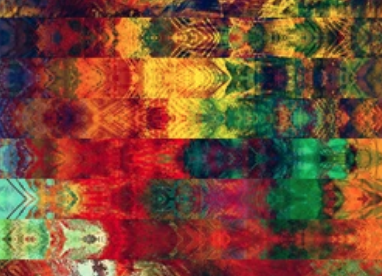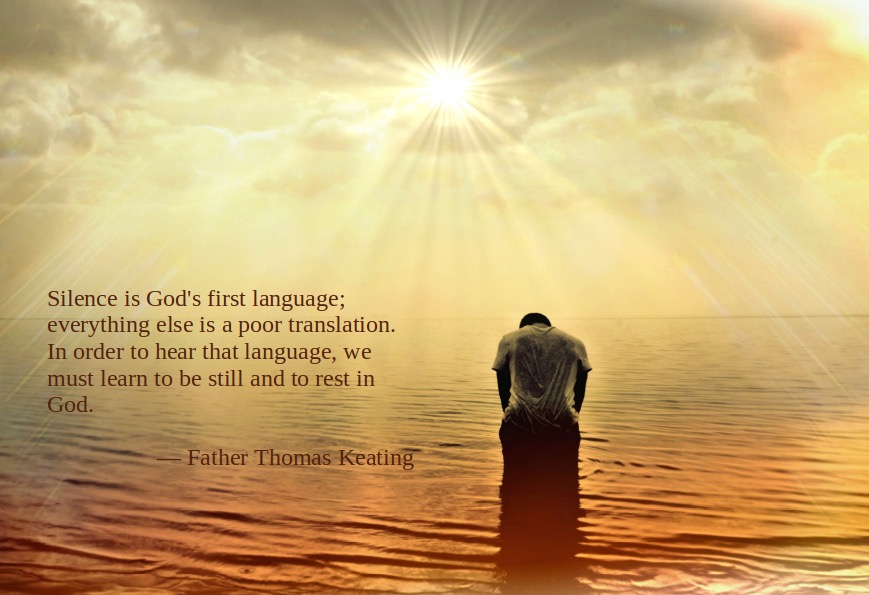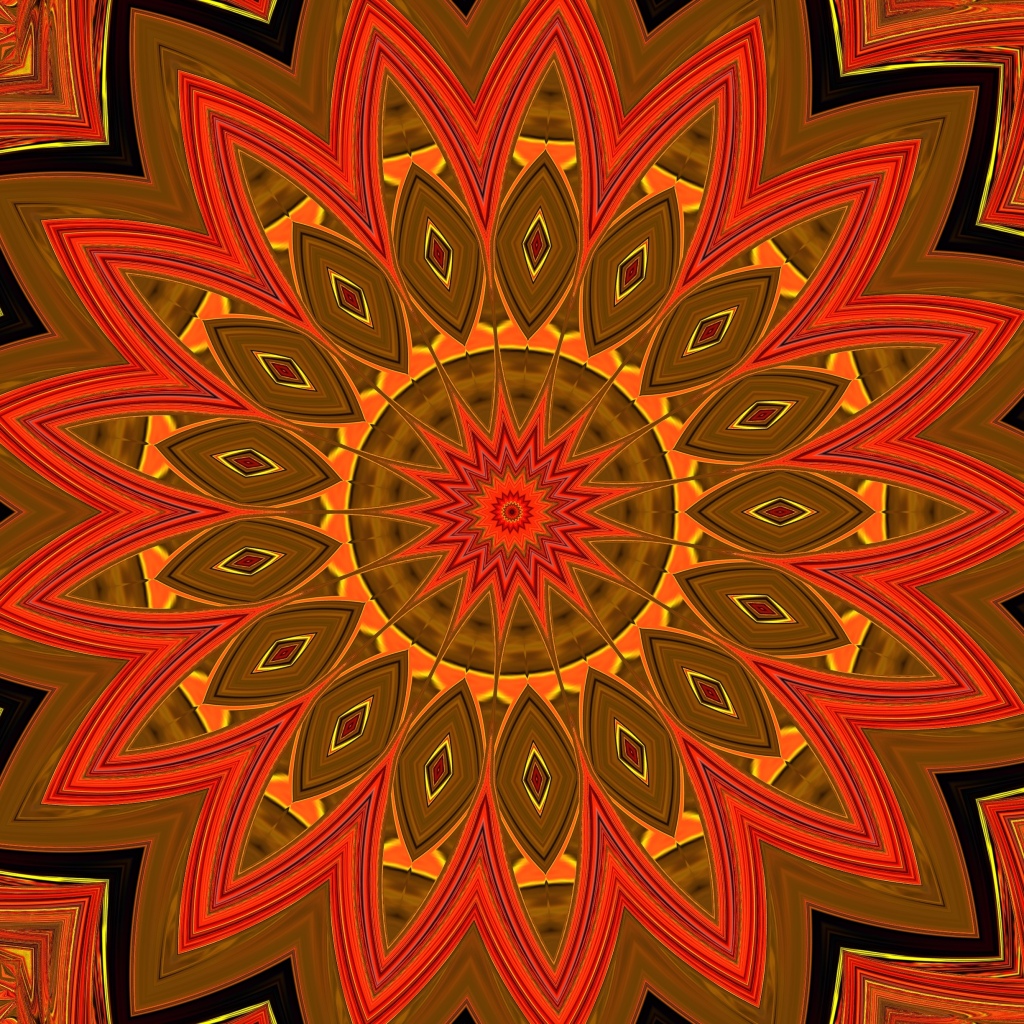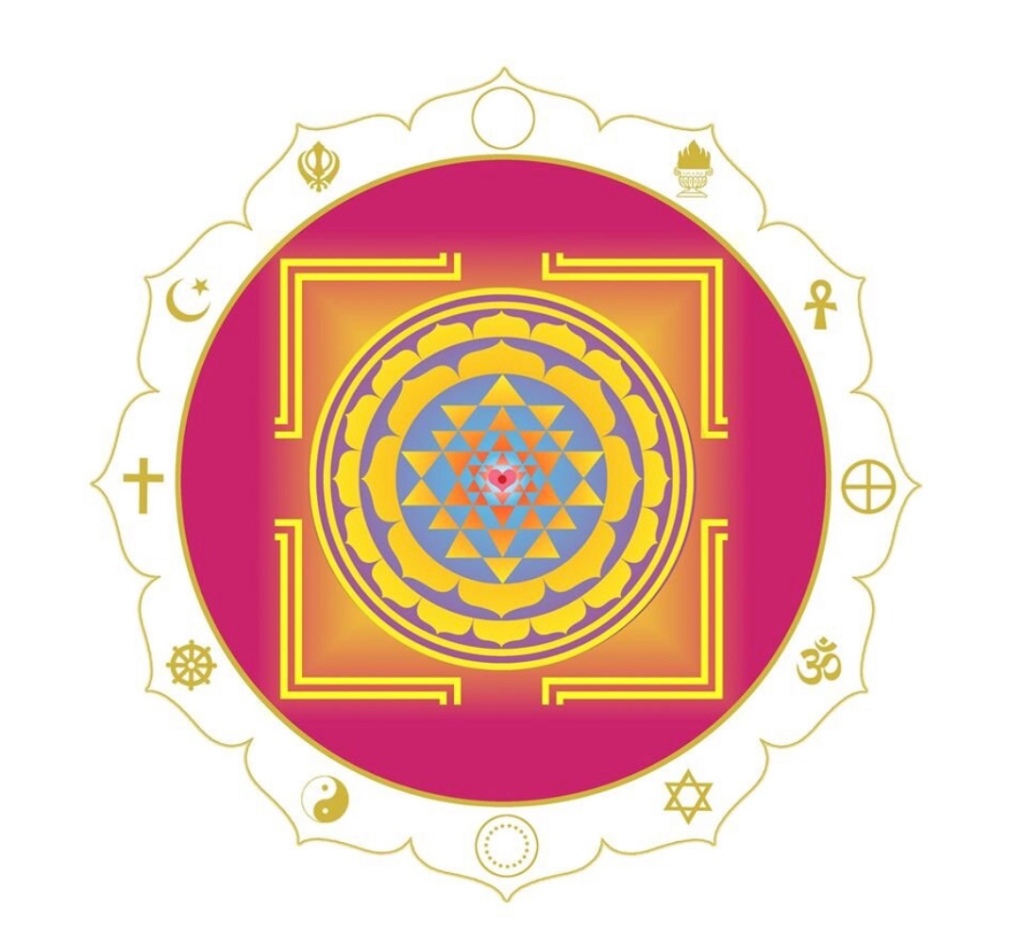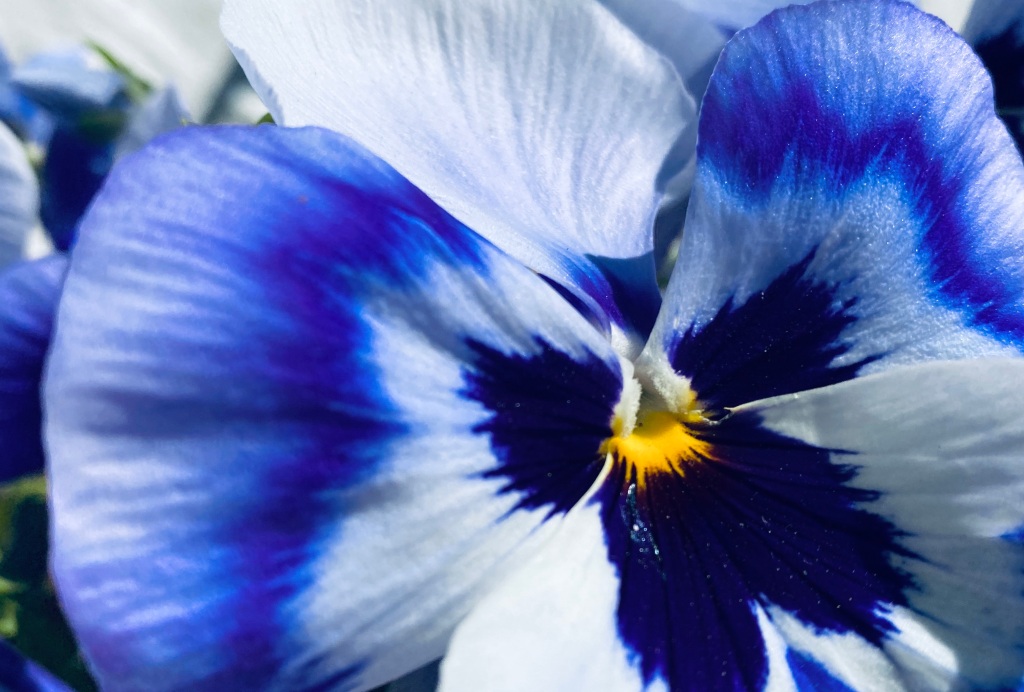Analysis is about the connection with the personal divine self but one reflection they are one. Its about staying alway from the noise of life and to get to the true meaning of our existence.
Have you always wondered why you are here on this earthly beautiful plain. Have you always longed for more in life, that longing is not about material things (although they are nice) but it about a connection with your Soul’s purpose. Stillness, heart centre meditation and listening in the silence is what what we long for.
Analysis (Spiritual direction) will support your journey, it like be being held in a vase/frame to grown and expand.
Its about truth – love – the divine.


